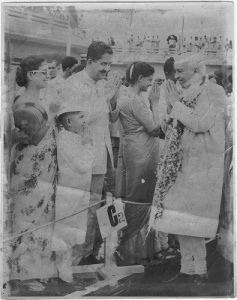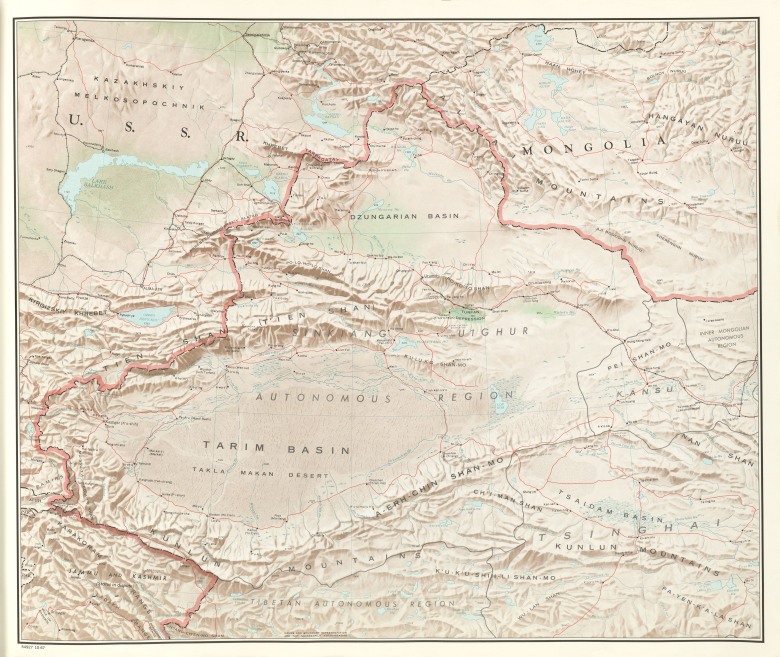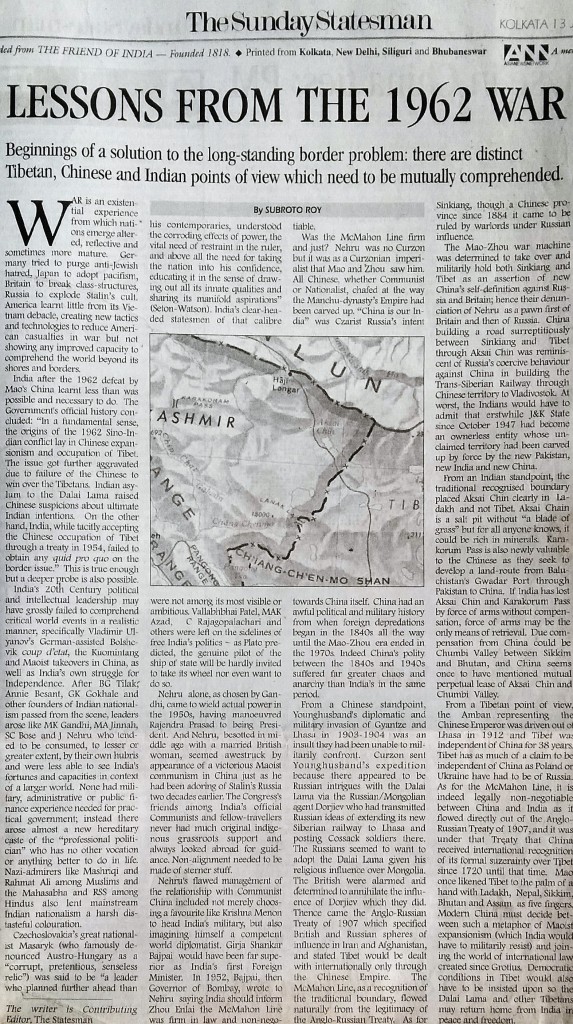From Facebook:
Subroto Roy finds it odd in diplomatic law and protocol that two American Presidents in succession have said respectively to the same Indian Prime Minister “You’re a good man” and a person of “honesty and integrity”.
Subroto Roy thinks Asia (from Israel-Palestine to Japan & Indonesia) needs its own Metternich and Congress of Vienna, but won’t get it and hence may remain many many decades behind Europe in political development. (And why Asia won’t get what Europe did may be because Europe did what it did.)
Subroto Roy agrees with Professor Juan Cole’s summary position: “India and Russia want an Obama ‘surge’ in Afghanistan because they are afraid that if Muslim extremists take over the country, that development could threaten their own security. China is more or less bankrolling the Afghanistan War…In contrast, Pakistan does not seem… eager for the further foreign troops, in part because it wants to project power and influence into Afghanistan itself”. But he would add Russia, China, India and Iran too are free-riders from the military standpoint (though India has built power-stations, roads etc for civilian economic development), while Pakistan remains schizophrenic as to whether it wishes to define itself by the lights of Iqbal and Jinnah or by the lunacy of Rahmat Ali.





















